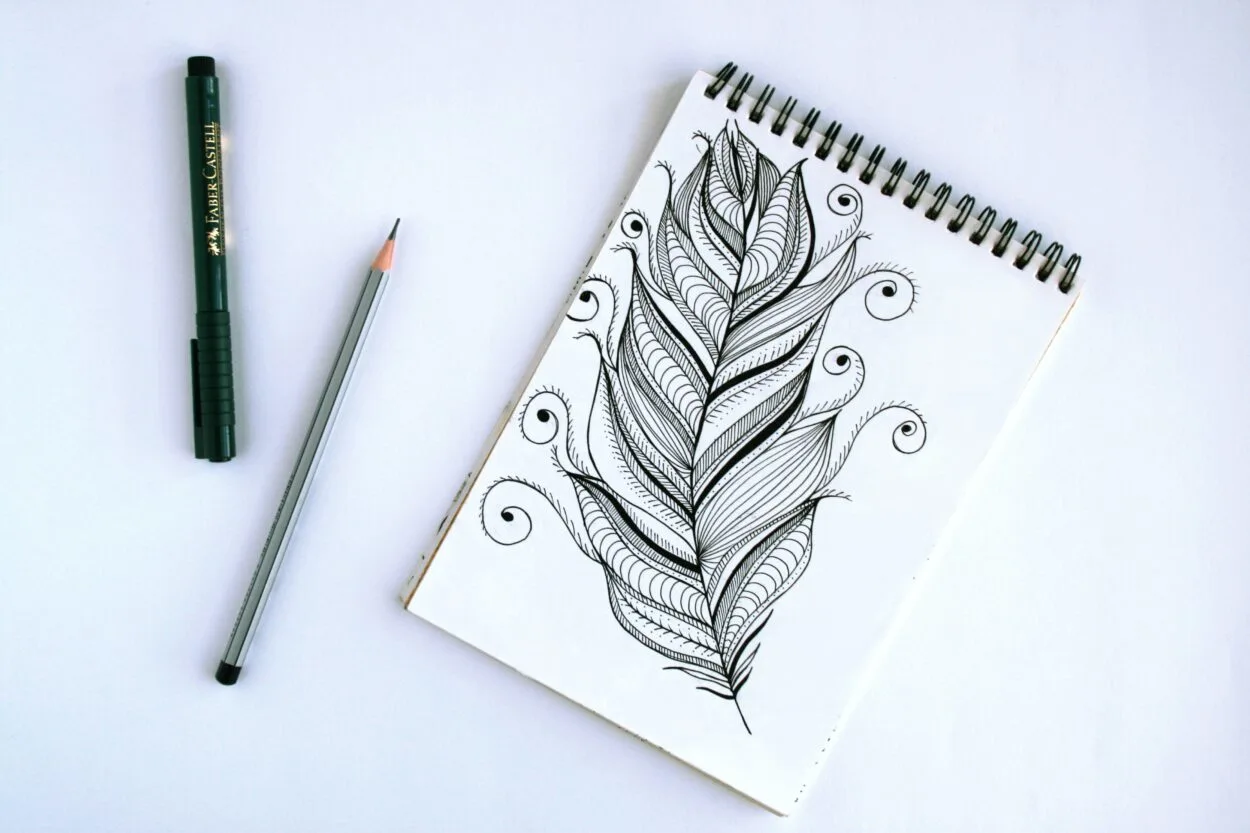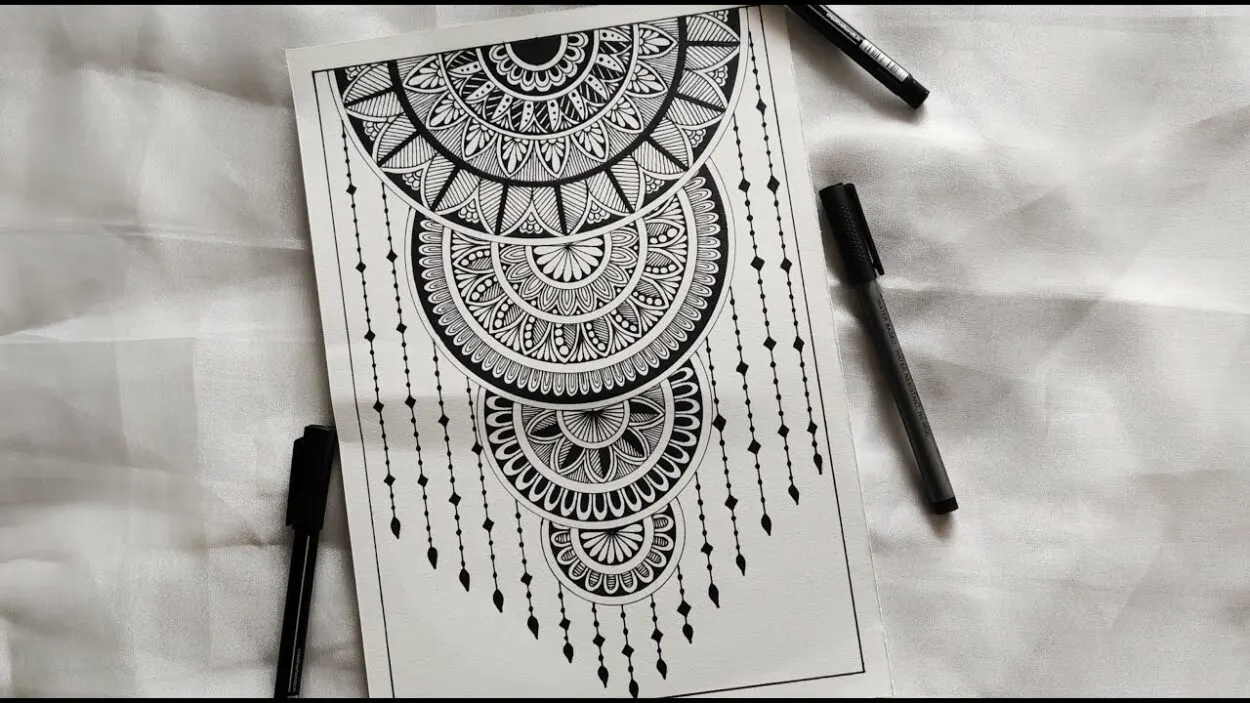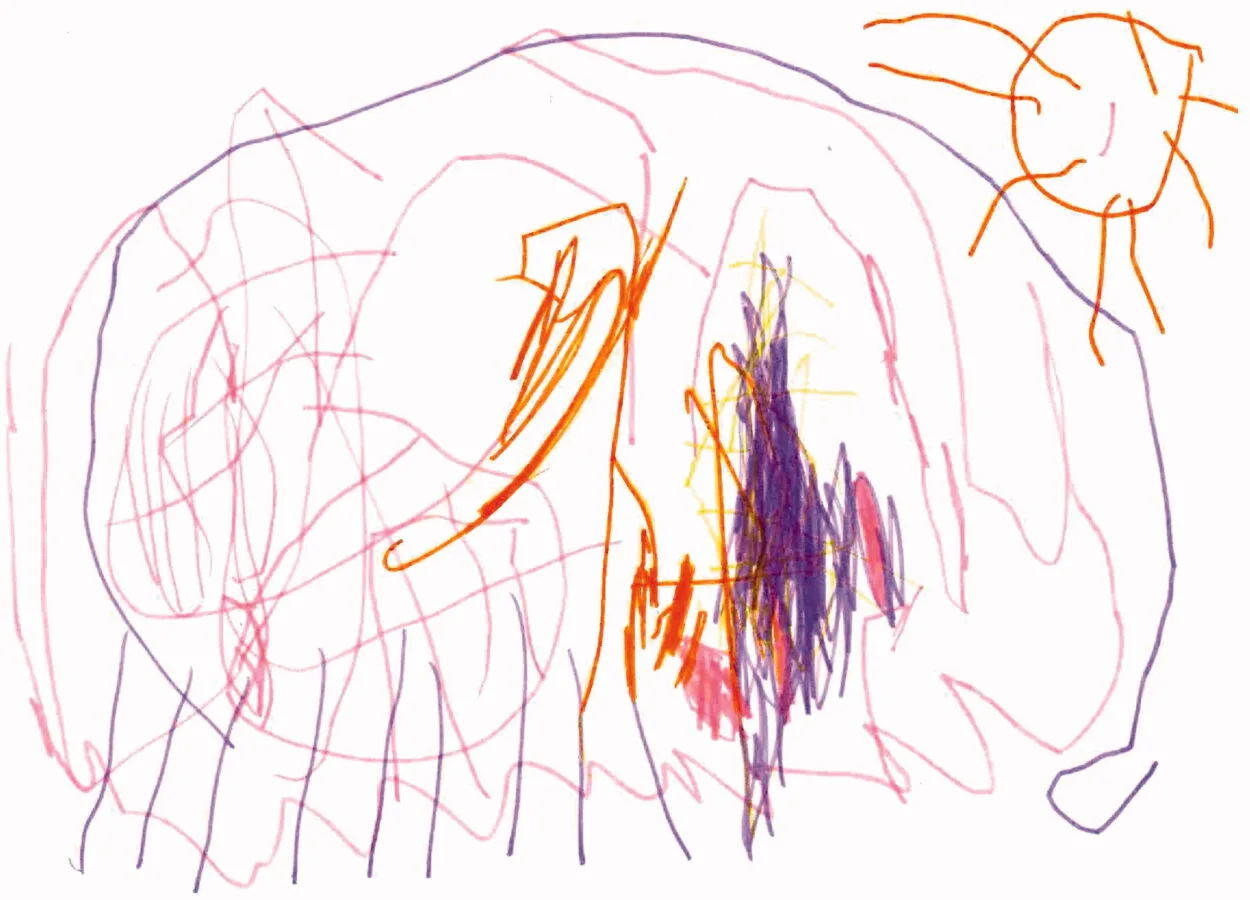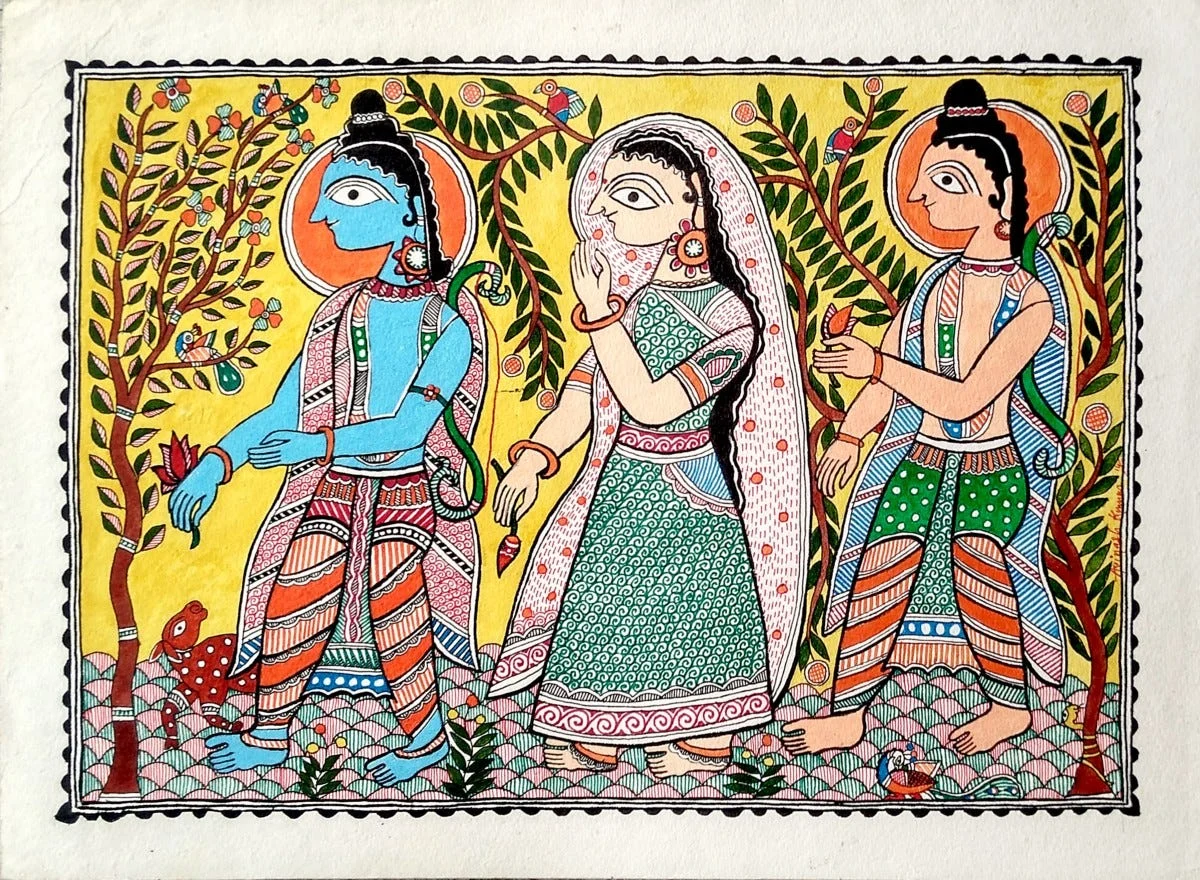You generally don’t understand various types of art, such as sketching, painting, and drawing until you reach a particular age. While some pieces are beautiful or lined with shapes, others appear to be basic.
Drawings, according to an expert, can be categorized in a wide variety of ways, with the motivations and patterns underlying them hidden inside the mind of the creator.
Doodling is anything that is done mindlessly; it doesn’t adhere to a pattern, but a Mandala is more or less comparable to a tidy, exact diagram that does.
Some famous artists look at both ways of drawing as a form of exceptional art, and some incredible work has been put forward by it. Sagaki Keita is famous for his doodling worldwide, and so is designer Stephen Meakin who is from India.
Keep reading to know more about drawings, the differences between a doodle and a mandala, as well as the other different methods of drawing. Let’s begin!
What Is Zen Art?
The numerous paintings and calligraphies in this exhibition that are composed of black ink on white paper or silk exemplify Zen art’s reputation for exquisite simplicity.
Zen is a branch of Buddhism that emphasizes physical preparation, such as meditation, in order to reach Nirvana, the pinnacle of religious pursuit.
After being able to “extinguish” any feeling that causes you to suffer, feel pain, sad, anxiety, disappointment, anger, or resentfulness, you can find eternal peace in Nirvana.
In the eleventh century, Japanese Buddhists embraced Zen, which later emerged as one of the main schools of Buddhism in that country.
According to Zen teaching, everyone has an enlightened mind that can be expressed through Zen art.
Basics Of Zetangle

Zen & Tangle are the first two words of the word Zentangle. When you’re in a zen state of mind, no emotion or thought can hold you back.
The resulting patterns—known as “tangles”—include a combination of dots, lines, fundamental curves, and orbs. The ‘elemental strokes’ of a Zentangle artwork are these shapes.
Drawing organized patterns is an enjoyable, easy-to-learn method for producing attractive images.
Combinations of dots, lines, straight lines, S-curves, and orbs are utilized to make tangles; the “Elemental Strokes” in Zentangle artwork feature these basic forms.
The steps to achieve a Zentangle Image through the following 8 steps:
| Steps to draw a Zentangle | Description |
| Graditud | Make yourself comfortable, take a few deep breaths, and feel appreciation and thanks. |
| Corner Dots | A pen’s width away from the edges, place a light pencil mark in each corner of the page. It’s no longer a blank sheet of paper at this point. |
| Border | To make a square, join the dots with a thin, straight or curved pencil line. Your boundary is here. |
| String | Draw a thin pencil line (or lines) inside the border to create what is known as a “string.” |
| Tangle | A tangle is a pattern created by a predetermined series of easy strokes. Your tangles should be drawn in pen inside the (often) pencil strings and boundaries. |
| Shade | To add contrast and dimension to your tile, use a graphite pencil to add various grayscale tones. |
| Initial and Sign | Your creation is art. I want you to sign it. On the front, write your initials. |
| Appreciate | Lengthen your arm to reach your tile. Turn it in different directions. Respect what you just accomplished. |
What Is A Doodle?
Doodling is the act of idly doodling or drawing on paper, usually without an end goal in mind.
Doodle art is similar to process art in that it emphasizes the process of drawing rather than the final product.
We doodle in order to get our ideas out of our minds and onto paper in order to make them more clear.
This method enables us to retain our attention on the things that are most crucial to solving our problems or improving our ability to think.
According to research, doodling has several positive effects and can enhance our capacity to think, remember, recall, and learn knowledge more quickly and effortlessly.
Doodling: A Beginner’s Guide
Draw any shapes you like on the page, making sure that they are all in contact with at least one other shape.
Fun shapes to doodle include stars, ovals, spirals, diamonds, undulating blobs, and hexagons.
Try drawing a circle with many overlapping circles of comparable sizes and filling in the overlapped sections with color.
Make a basic flower by scribbling it, then add more and more petals to it.
Make a spoked bullseye form and fill the slots with various patterns.
You can begin a freestyle doodle anywhere and with any shape you desire. Even the tiny closed loops you create while writing can be colored in, and you can move forward from there.
What Is A Mandala?

Mandala is generally a geometric pattern or design that depicts the universe or gods in numerous heavenly realms; mandala means “circle” in the ancient Sanskrit language of Buddhism and Hinduism.
The circular patterns with repeated colors, shapes, and patterns radiating from the center are what we commonly think of when we hear the word “mandala.”
Mandalas can be free-flowing, organic, and asymmetrical, or they can be exact, meticulously measured, geometric, and precisely symmetrical.
The most thorough and innovative research on the mandala’s significance and function in modern times was conducted by legendary Swiss psychiatrist Carl Gustav Jung.
It is believed that the individual who constructs a mandala using colored sand, colored yarn, or any other material is drawing the image from a higher source.
Tips On Drawing A Mandala
Start by having a general notion of what you want to produce. Choose from a circle or a rectangle, color or black and white.
The first step in creating a mandala is to create a grid with equally spaced motifs.
In order to create a grid, Bonafini advises placing lines every 30 or 45 degrees across the circle. Regardless of whether your overall shape is square or circular, you can begin by creating a circle around the center.
Decide what fundamental shapes, such as an inverted U or V, you want to emanate from that circle.
The following layer should then differ slightly. You might slightly alter the shape and fill it in with other strokes or colors.
If you’re unsure of which patterns to use, pick the ones that speak to you and mix them in whatever way you like.
Difference Between A Doodle And A Mandala
Mandala and doodle is a form of art that not only looks different physically, but also have a different approach toward their origin, and format of drawing.
When you doodle, you draw anything at random from your unconscious mind without giving it much attention, whereas a mandala resembles a diagram in some ways since it has a set pattern. It is organized and exact. The majority of mandalas are created in circular shapes.
Doodles resemble a scribbling play most of the time. I have drawn such doodles while daydreaming in class way back in my academic days.
The typical doodling can be seen in our school notebooks. According to a study, doodling can improve memory by using just enough mental energy to prevent daydreaming, which uses a lot of the brain’s processing power, as well as being unfocused.
Religious in origin, mandalas typically have a center or grid design that schematically represents the inner or outside world. Tantric Buddhists frequently employ mandalas as tools for meditation.
A Mandala can be produced using the Zentangle art style, which is an abstract drawing style made up of repetitive patterns.
Alternatives To Mandala And Doodle
Scribbling

In the scribbling drawing method, the artist uses haphazard, unplanned lines to produce patterns and textures.
It entails drawing uninhibitedly and spontaneously with a pencil or pen without stopping or second-guessing. Both art and handwriting have a strong base in scribbling.
For kids, it can stand in for both writing and drawing. Although they may not yet be able to write words, they can try to make marks that indicate something.
Madhubani

A sort of folk art is the madhubani painting. Line drawings depicting Madhubani’s paintings have vivid hues, striking contrasts, and intricate patterns.
This artwork is made with various tools like brushes, nib pens, matchsticks, fingers, twigs, and natural dyes and paints.
According to legend, King Janak, who ruled over the Mithila region in the eighth or seventh century BCE, asked for this novel kind of painting to record the union of his daughter Sita with Prince Rama.
Conclusion
- Doodle art and doodle mandala art have become more and more well-liked among both kids and adults. For lowering stress levels and promoting creativity, both forms of art are essential. However, the two types of art are distinct from one another, so it’s important to recognize the differences between a mandala and a doodle.
- Doodles are basic drawings that are made out of boredom or mindlessness and may or may not follow a regular pattern, whereas mandalas follow a consistent pattern from beginning to end, typically in concentric patterns.
- In Indian culture, the mandala can also be used as a spiritual symbol with important religious importance. It is immensely pleasant to create a mandala and to calm oneself. Buddhists claim that the Mandala’s usage of circles aids in the organization of a person’s inner self.
- Doodles are aesthetically very calming, and they give your drawings and designs a particular and artistic touch. Additionally, it can be used to lessen stress and encourage your creative side.

